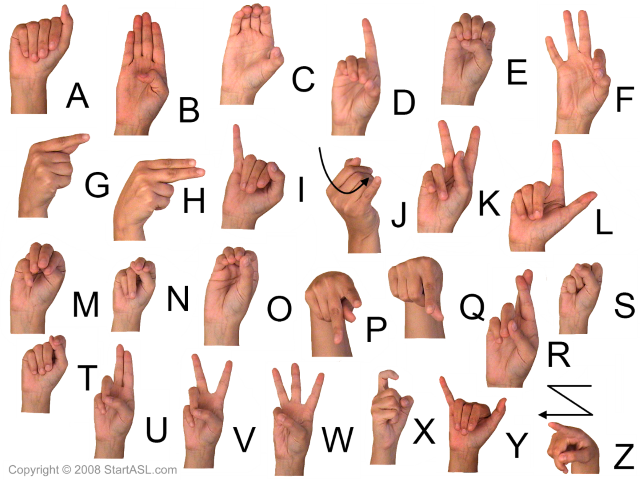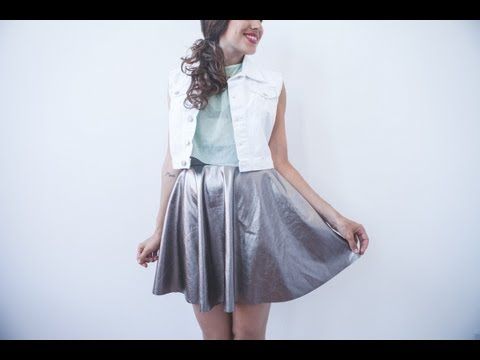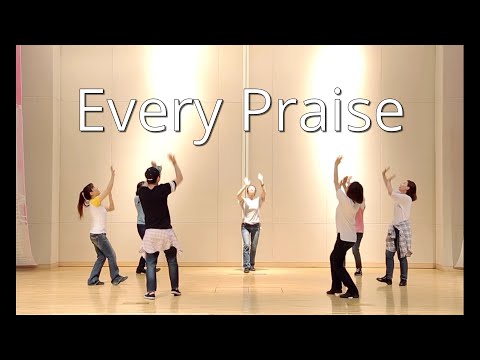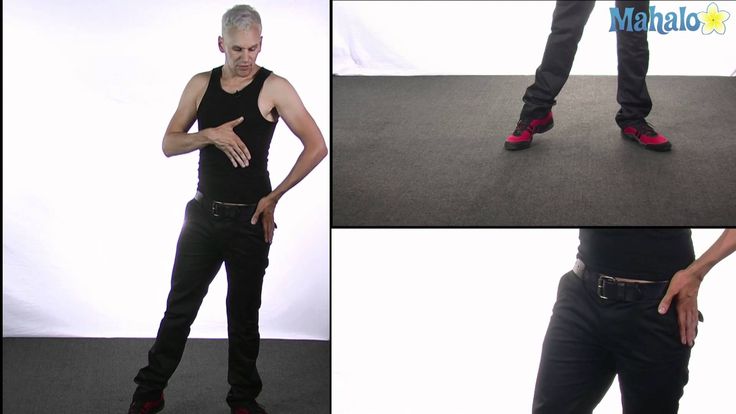How to write a dance critique
| Guidelines for Viewing Dance and Writing Critiques for Dance Performances Chance favors a prepared mind! A mind is like a parachute; it works best when it’s open! The creative critic approaches each concert with open eyes and an open mind. Do not go with preconceived ideas or compare one performance against other performances. Each person will find a different aspect of the dance that is interesting for their own personal reasons and interests.
Guidelines for Viewing a Dance Performance:
Guidelines for Writing About a Dance Performance:
Mechanics:
Dance Critique Pet Peeves: When writing about the subjects below: Refer to male dancers, men or danseurs (if classical ballet) Refer to female dancers, women or ballerinas (if classical ballet) Refer to a piece, work or dance Refer to movements Refer to live music Refer to recorded or pre-recorded music Refer to danced together or in unison Refer to the performance or the concert DO use both names ("Catherine Zeta-Jones danced well in Chicago" or "Ms. DO write in the third person DO NOT make general assumptions for the audience DO NOT include title page information on first page of critique (name, date, professor's name, class, performance) DO NOT switch tenses; DO NOT identify the performers in a list from the program notes.
Example This is poor example of an opening paragraph because it does not grab the reader’s attention and only lists information readily found in the program. Also it does not provide the reader with any additional information or insights into the performance.
Dance Critique Checklist: _____ Title page including: student's name, due date of paper, class, concert critiqued, professor's name, pledge written in full. No title page information should be included on first page since you have a title page. _____ The ticket stub and/or verification from the performance must be attached to each critique. _____ Student's last name and page number should be included in upper right corner of each page. _____ Be sure to use one-inch margins on all sides in the text of your paper. Check your computer for margin settings. _____ Do not write in the first person. Write in the third person. _____ The first sentence of your critique sets the tone for the paper and should draw the reader in. _____ Critique has a centralized theme. _____ Critique has a conclusion. Other Disciplines | Writer's Web | Make a Tutoring Appointment | Modlin Center | Dept. of Theatre & Dance |
5 Tips on How to Write a Dance Review with Sample Paper
There are many types of review papers that critics write. Musicians write music reviews, movie critics write movie reviews, and dancing enthusiasts write dance reviews. Writers can write music and movie reviews even if they are not experts or fans of the mediums. When writing this type of paper, however, the reviewer should have at least a basic background in dancing to be able to compose a meaningful and well-written paper. Still, teachers may still ask their students to write dance reviews.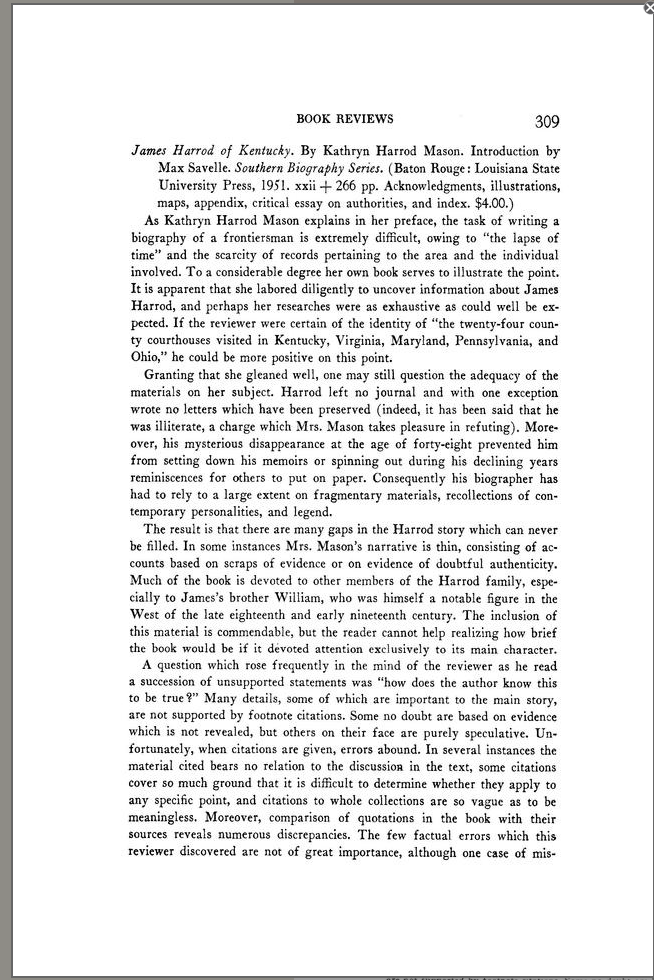 A student without any knowledge or interest in dancing will have to quickly learn how to write a dance review. Read through this article to get some tips on how to write a dance review.
A student without any knowledge or interest in dancing will have to quickly learn how to write a dance review. Read through this article to get some tips on how to write a dance review.
What Is a Dance Review?
A dance review focuses on evaluating a dance performance. Similar to music, this form of art is subjective. A genre of dancing may look dreadful to others and amazing to some. This is why it is preferable that someone who has abundant knowledge in dancing and its genres, write this type of paper. Individuals who have no prior knowledge about dancing will have difficulty understanding how to write a dance review. They may look at a dance review template and find unfamiliar dancing terms.
Knowing how to write a dance review is essential for a reviewer since they are going to rate the performance and tell readers if it is worth watching. A dance performance may have a story-telling component, a reviewer who knows how to write a dance review will analyze how the dancing resonates with the plot.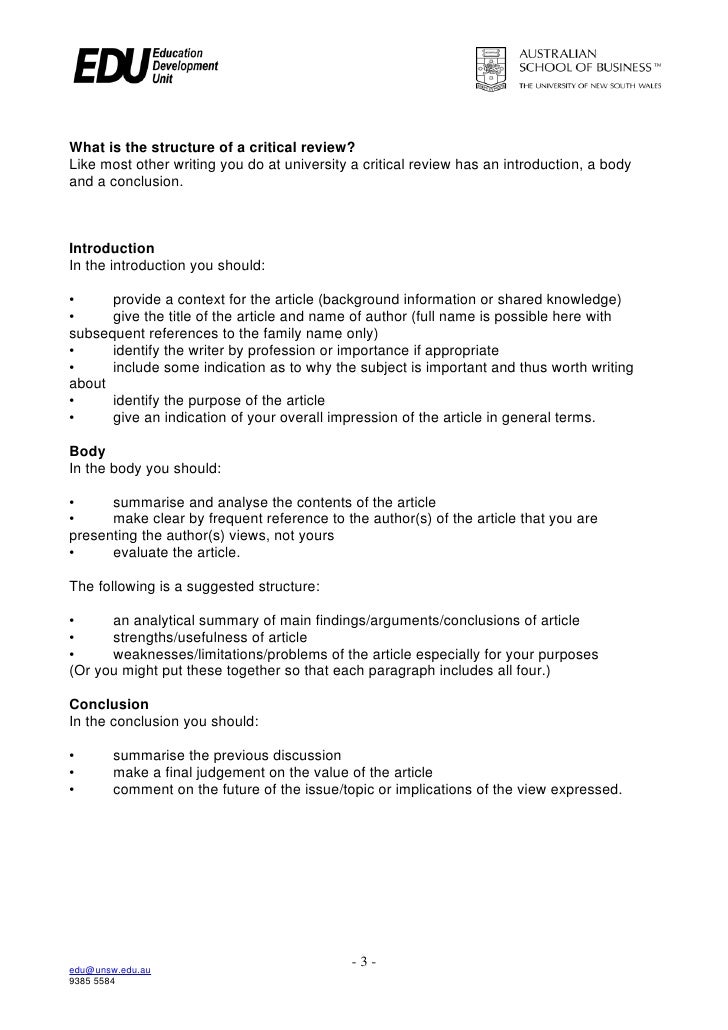 The reviewer should also discuss the performance’s choreography, costumes, props, music, lighting, and other technical aspects. This is why reading articles to learn how to write a dance review is essential.
The reviewer should also discuss the performance’s choreography, costumes, props, music, lighting, and other technical aspects. This is why reading articles to learn how to write a dance review is essential.
Tips on How to Write A Dance Review
A dance review is a review paper similar to movie and music reviews. Knowing how to write a dance review will teach a person how to write other review papers. The difference will be on the subject of discussion. Dancing has many genres or forms such as ballet, ballroom, hip hop, and more. One thing to note in writing the paper is that reviewers should construct their reviews in a simple manner. Reviewers can look for a standard online template and follow it. This will help readers easily understand the paper and avoid misinterpretations. Here are some more tips on how to write a dance review:
1. Attend and watch the dance performance
The first and most important tip is to attend the dance performance. This is crucial especially if the performance or the show is only available for a limited time. Of course, due to the Internet becoming a basic necessity , the reviewer may be able to watch the performance online. However, watching a live dancing show will give a reviewer more things to talk about. They will be able to see details that will often be unavailable when watching online. Reviewers should consider this tip on how to write a dance review as the first step of writing the paper.
This is crucial especially if the performance or the show is only available for a limited time. Of course, due to the Internet becoming a basic necessity , the reviewer may be able to watch the performance online. However, watching a live dancing show will give a reviewer more things to talk about. They will be able to see details that will often be unavailable when watching online. Reviewers should consider this tip on how to write a dance review as the first step of writing the paper.
2. Write down notes during and after the show
While watching a performance, reviewers should actively take notes. This may be difficult to do when a reviewer is watching a live performance since they won’t be able to pause or rewind a particular part. To solve this, a reviewer should bring a template that they can look at while watching the performance. The template can be a simple questionnaire that the reviewer can use as a reference when taking down notes. The template can include questions like:
- What is the main plot of the show?
- What is the title of the show?
- How skillful are the lead dancers?
- Does the set design fit the story and theme of the performance?
- What form of dancing did the performers dance?
- Which part of the performance is the best?
3.
 Research about the performance
Research about the performanceDoing background research is an essential step for any written works. The reviewer should research the dancer and the choreographer. A reviewer may notice that a dancer is not performing well, further research may reveal that the dancer was suffering from an injury during the performance. This can change the whole perspective of a paper and the reviewer might need to revise some of their notes. Researching sample templates can also help a reviewer construct a better paper. They may even find a more effective dance review template to use.
4. Look beyond the dancing
The reviewer should look beyond the dancing and observe the other aspects of the show. The main part of the paper should be the evaluation of how well the dancers performed a specific dance form. However, the paper should also include feelings that the dancers express while dancing. How the change of music tone affected the dancing’s tempo. The reviewer should include a question like: “what is the message behind the dancing performance” in their dance review template.
5. Proofread the dance review
The last tip is finalizing and proofreading the paper. A reviewer can do this by using applications to check for grammatical and typographical errors. They can let the paper sit for a while and maybe look through their template to check if they missed any vital information. Once the reviewer has rested they can check their paper with fresh eyes and locate any mistakes. This is also the time to fact-check the paper. If a reviewer is really dedicated to producing a high-quality paper, they can opt to hire a professional proofreader to proofread their work.
Dance Review Sample
A reviewer can watch a dance performance live or online. Online dance performances give reviewers the option to rewatch and analyze the performance carefully. Here is a sample dance review of a ballet youtube video:
Review of Sergei Polunin's “Take Me to Church” Dance Performance
Sergei Polunin’s “Take Me to Church” was an entrancing composition. Director/photographer David LaChapelle directed the emotional performance and director/actor Jade Hale-Christofi choreographed the fluid but structured movements. This artistic composition used Hozier’s hit song “Take Me to Church”. The channel David LaChapelle Studio released the performance video on Youtube on February 10, 2015. The performance only presented a single dancer, however, Sergei Polunin was more than enough to express the ecstatic beauty behind the darkly-themed music.
Director/photographer David LaChapelle directed the emotional performance and director/actor Jade Hale-Christofi choreographed the fluid but structured movements. This artistic composition used Hozier’s hit song “Take Me to Church”. The channel David LaChapelle Studio released the performance video on Youtube on February 10, 2015. The performance only presented a single dancer, however, Sergei Polunin was more than enough to express the ecstatic beauty behind the darkly-themed music.
Sergei Polunin’s entrancing performance manifests his mastery of ballet and his own body. Certain parts of the performance showed Polunin leaping into the air as if gravity gave him permission over it. From the fluidity of his footwork and the graceful movements of his arms, one can notice that he has taken the song to heart and is expressing its meaning through his body. His excellent physique also aided in the aesthetics of the composition. It was as if a classic painting came to life and began dancing to his heart’s content.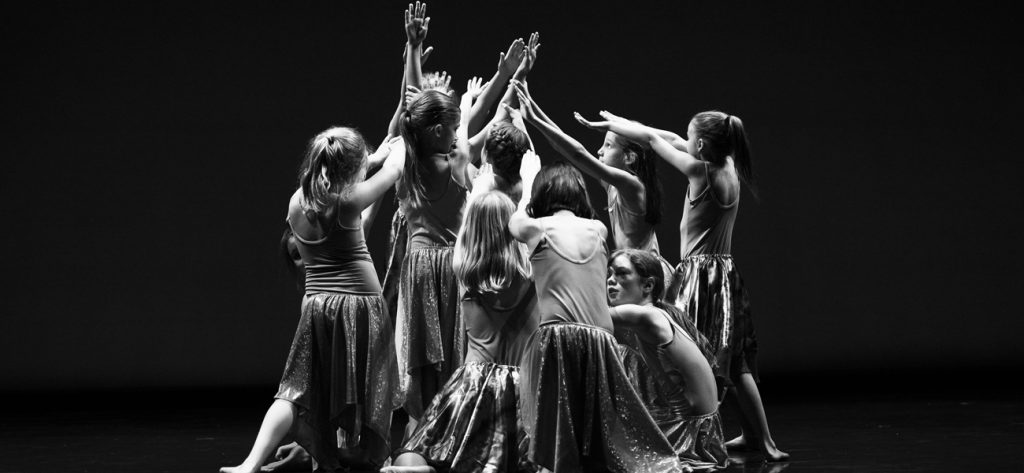
The setting for the performance was an empty church, rid of its cemented walls, glass mosaics, and large altar. Polunin was dancing inside the wooden church structure, its empty halls - his playground. Looking deeper, one can notice that the wooden walls acted as barriers to stop Polunin from dancing any further. It was as if he was imprisoned, attempting to express himself, yet the church’s wooden walls forbade him. There are also parts of the performance that implies the character’s frustration. As Polunin leaps forward and closes in into the wooden walls, he places his arms over his head and grabbing his hair in frustration. This detail makes sense since the song “Take Me to Church” is about the singer Hozier’s frustration towards the persecuting eyes of the Catholic Church.
Sergei Polunin also showed his raw strength during the parts of the performance where he is lying on the ground. He is able to move his body without effort, lifting his torso only through the strength of his core. There were also parts in which Polunin drags his lower body through the raw strength of his arms. This strength along with his flawless agility astonishes the viewer and sends them to a trance-like state, in awe of the artistic athletics that Sergei Polunin demonstrates.
There were also parts in which Polunin drags his lower body through the raw strength of his arms. This strength along with his flawless agility astonishes the viewer and sends them to a trance-like state, in awe of the artistic athletics that Sergei Polunin demonstrates.
Sergei Polunin’s “Take Me to Church” is a masterpiece that any art enthusiast will appreciate. It showed the amazing athletics a person can do with their body. It succeeds in captivating the viewer using the dancer’s athleticism and skills alone. The combination of the emotional music and the skillful performance created a magnificent work of art that transcends any of the modern dancing that pop culture has produced. Sergei Polunin’s performance gave justice to the beautiful ballet dancing form. It is emotional, entertaining, and captivating to the soul.
Dance Review Paper Writing Service
The tips on this article and the sample paper should help any reviewer write a well-written review paper. However, some still find writing a complicated task. To solve this, a reviewer can find writing services online such as the ones available in CustomEssayMeister. Individuals can hire writers to create custom essays and other types of papers. Students who are having a difficult time completing a paper can rest easy and let professional writers do the work. Students can set deadlines and our writers will provide a high-quality paper.
However, some still find writing a complicated task. To solve this, a reviewer can find writing services online such as the ones available in CustomEssayMeister. Individuals can hire writers to create custom essays and other types of papers. Students who are having a difficult time completing a paper can rest easy and let professional writers do the work. Students can set deadlines and our writers will provide a high-quality paper.
Written by
I am a content manager from California, US. I started as a content writer intern eleven years ago and became a content manager six years after. I joined CustomEssayMeister five years ago and enjoy being a part of the team every day.
Dance Criticism Lab
The laboratory was headed by Vita Khlopova, who is also the creator of No fixed points: “The idea of such a course came to me quite a long time ago. I gave many lectures on the history of modern choreography, and over the past few years I have received several questions from listeners about where you can learn to write about dance.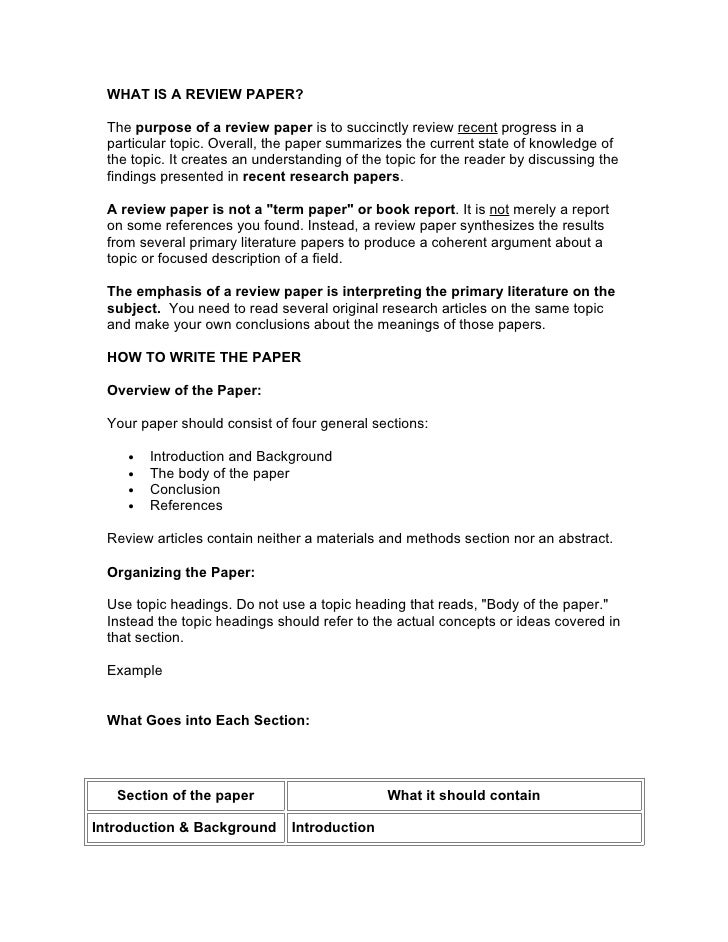 Not even for professional activities, but on the Internet - for their audience. By that time, I had formed my own vision of what a dance reviewer needs to do and what is undesirable.
Not even for professional activities, but on the Internet - for their audience. By that time, I had formed my own vision of what a dance reviewer needs to do and what is undesirable.
But the most important thing is how to write about modern dance? Not even about ballet, since our school of ballet criticism is quite strong historically. Namely, about something that does not yet have such a resonance in art as ballet. How to describe a plotless dance? Do I need to know how to dance? Do I need to know the history of dance or come with a pure perception? How to record details during a performance? How to get accredited if you are not a journalist from a famous newspaper? What should be the structure of an article?
Based on my chaotic experience, I created a short course in which I tried to answer these and many other questions. The first part was theoretical, while in the second part we reviewed students' work. They had to write every evening according to the text - it could be a performance announcement, a short interview with a festival participant, a performance review, a review article, and so on. To complicate the task, I came up with a format for getting out of my comfort zone, where the participant had to write these articles for different target audiences. Someone became a columnist for the Ballet magazine for the evening, another “worked” for the Look at me Internet portal, and a third wrote for Tatler. I must say, writing for an audience that is not close to you is very difficult, but the exercise was useful.
To complicate the task, I came up with a format for getting out of my comfort zone, where the participant had to write these articles for different target audiences. Someone became a columnist for the Ballet magazine for the evening, another “worked” for the Look at me Internet portal, and a third wrote for Tatler. I must say, writing for an audience that is not close to you is very difficult, but the exercise was useful.
Of course, we did not have enough three hours to discuss all the texts, and we even occupied the cafe of the Documentary Film Center, where we continued to passionately discuss our works. But it seems to me that we have achieved the main thing - we launched the creative ambitions of the listeners in the right direction, and gave them the information they need for this profession.
It was difficult to choose the winner. I changed my mind three times. For some, the first texts were excellent, and then a little weaker, and vice versa. There was no clear leader, which made the discussion sessions very interesting. As a result, Anastasia Glukhova, who is fluent not only with a pen, but also with a good dance background, won.
As a result, Anastasia Glukhova, who is fluent not only with a pen, but also with a good dance background, won.
But the second winner of the laboratory, Alevtina Gruntovskaya, went to St. Petersburg, who wrote the text about the St. Petersburg program of the festival.
Both of these texts will soon be posted on the site.
I would like to thank the festival for seeing the need for such a laboratory and giving us the opportunity to hold it. Also the Documentary Film Center, which provided us with a cinema hall for long hours of classes. And of course, all selected participants: Anastasia Glukhova, Zhanna Chernenko, Alisa Chebotareva, Daria Dolgova, Yulia Kuzkina, Alevtina Gruntovskaya and Nadezhda Lebedeva. I hope you will see their names under dance articles in various publications.”
Criticism and perception in dance. From a bird's eye view.: zoukability — LiveJournal
Author: Nadezhda Murasheva, Moscow
Do you know that first feeling when you are reprimanded? Such bewilderment, which flows into a mixture of indignation, rejection, the desire to answer "And you .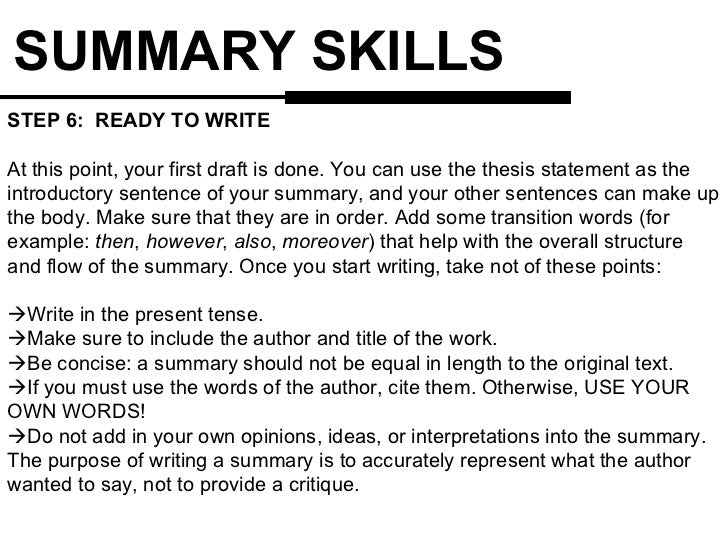 .." and begin to analyze the mistakes yourself. Especially if the remark is made by a less experienced dancer.
.." and begin to analyze the mistakes yourself. Especially if the remark is made by a less experienced dancer.
I know. We have to deal with this, whether we like it or not. Correctly adjusted filters in your perception will help to accept criticism easier and more positively.
I am not a psychologist and I am not the ideal of political correctness on the dance floor. I know it ;) But still I would like to share that vision of the world, thanks to which the reaction to comments becomes much easier. The information is taken from various articles on the Internet. If desired, everyone can then delve into an independent study of this topic.
If you have anything to argue or add, please leave a comment.
Psychologists, don't hit hard)))
* * * *
Sometimes a cigar is just a cigar. (S. Freud)
In my opinion, the main problem in the perception of criticism is that any remark passes through the prism of our perception and is strongly refracted in it.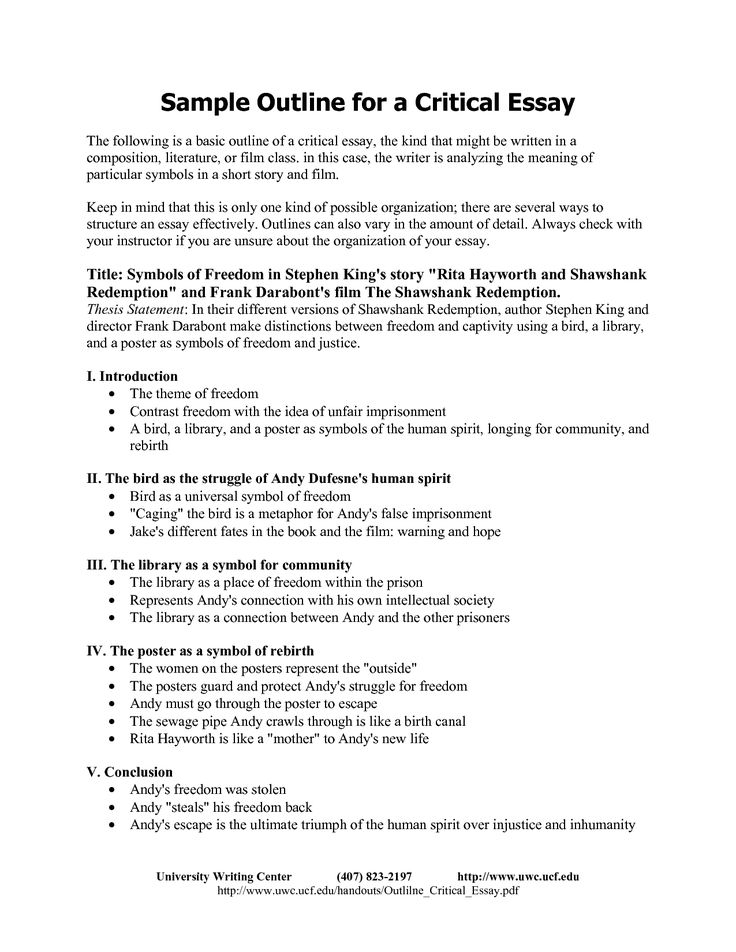 We impose our emotions, complexes and much more on the remark. And the original message is perceived in a distorted form.
We impose our emotions, complexes and much more on the remark. And the original message is perceived in a distorted form.
Example 1:
Note: "You're holding my wrists painfully!"
How the addressee perceives: "You're clumsy, it's terrible to dance with you. It would be better if you stayed at home"
Actually: "You're holding my wrists painfully! I'm uncomfortable, I want to make our dance more enjoyable."
Example 2:
Note: "You're not holding the frame at all!"
How the addressee perceives: "She just raises her self-esteem when she rots me."
Actual: "I'm not comfortable dancing with you, I don't feel you dancing. But I think that you have every chance of becoming an excellent partner, so I reprimand you."
Well, on the example of my blog:
Note: "A hunchback who knows how to wag his hip remains a hunchback"
How the addressee perceives: assert itself in this way. "
"
Reality: A hunched back is terribly ugly and doesn't really help balance. Anyone who benefits from these remarks will, after a while, feel a significant difference between what was and what has become. I will be pleased if I manage to motivate someone and open the door to the world of amazing discoveries. Discovery of new muscles in your body, for example. I will write more about this later)0003
Perception (on both sides) is influenced by many factors: etc. This whole bouquet colors the reality that you see. Try to strip the remark of all this, and you will have a dry pomace to work with.
When someone reprimands you about your dance, remember that it is just a reprimand about your dance !
Do not think out something that does not exist. The person does not criticize you as a person, he does not want to offend you or show that you are a terrible dancer. On the contrary, they want to help you become better. Yes, sometimes this remark is not clothed in the most correct and pleasant form.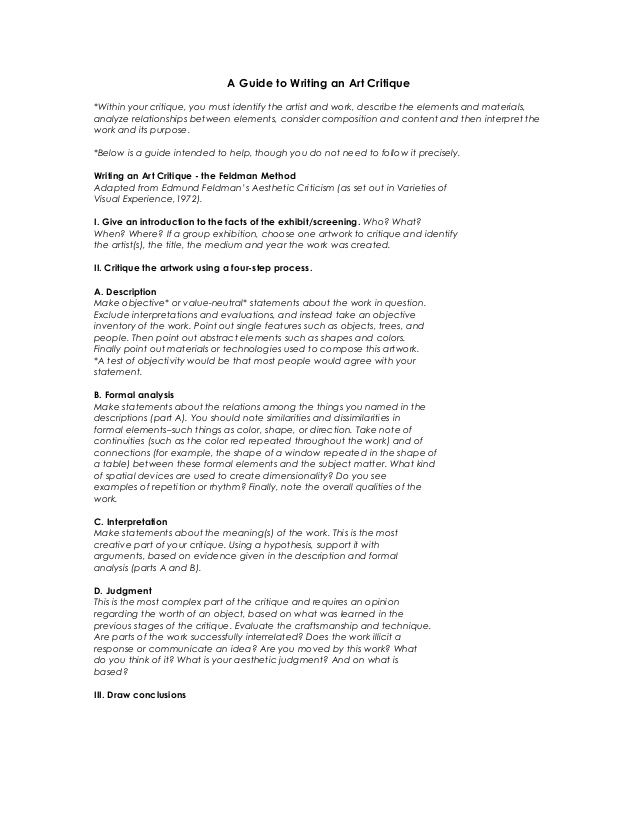 However, you can still benefit from it.
However, you can still benefit from it.
Of course, there are times when the critic actually makes a remark in order to raise his self-esteem. But even in such comments there is often a share of common sense that can be taken into account and become better. And the author of the remark - to understand and forgive)
Any emotional criticism primarily characterizes the critic.
It happens that a remark is not related to facts like painful/uncomfortable, but is more evaluative in nature: dislike, awful, disgusting, tasteless, etc. And here are negative reactions such as "it asserts itself."
Everything that causes any emotional response in us is a reflection of ourselves.
"We always think that we are loved because we are good. We don't realize that we are loved because those who love us are good." (L. Tolstoy)
Be it positive emotions or negative ones, their source is INSIDE of us. If you feel negative towards something or someone, look into your soul and there you will find its cause.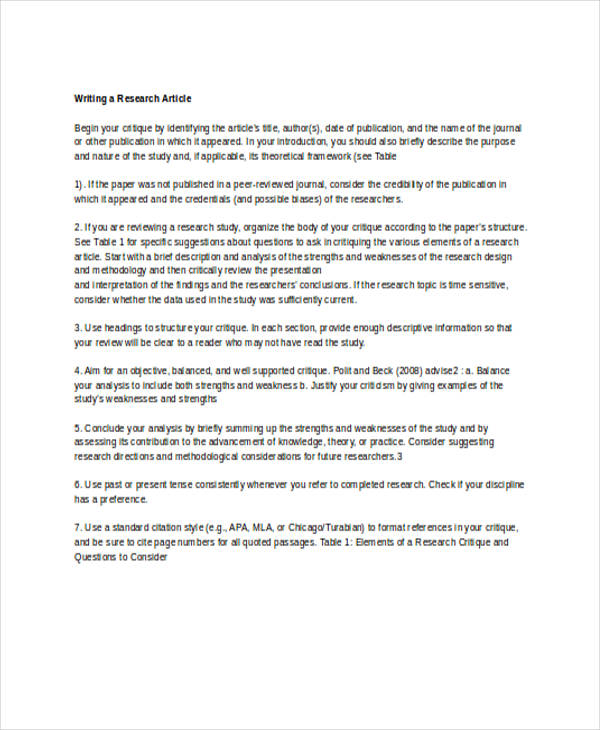 Negativity can always be replaced by sincere indifference.
Negativity can always be replaced by sincere indifference.
Very often we are repulsed by traits and behaviors that are characteristic of ourselves.
We can be aware of this and not love them in ourselves, or not be aware. We may be afraid to admit to ourselves that we have these traits. It does not affect the final result. So, when you strongly dislike something in another person, it is very useful for prevention to ask yourself the question:
Do I do this myself? Maybe, after all, yes? ..
Self-esteem
Exaggerated ego causes negativity to almost all remarks that poke you into your shortcomings. Because this daredevil is trying to destroy your picture of the world and your royal place in it;))
And unstable and low self-esteem inspires the feeling that you are being proved your inability to learn something.
Attitude towards a person
Naturally, this affects how we react to words and behavior. For example, if we perceive other dancers as competitors, then we compare ourselves with them, we want to dance better than them. We treat them well as people, but in terms of dance they are our competitors ;) And comments from them can be annoying.
For example, if we perceive other dancers as competitors, then we compare ourselves with them, we want to dance better than them. We treat them well as people, but in terms of dance they are our competitors ;) And comments from them can be annoying.
Or there may be a feeling of injustice/envy/jealousy: "he has started teaching, but I haven't yet" (for example). It seems to me that this is very important for dancing, because the perception of technique and professionalism here is very subjective. I'm tempted to find fault if the "teacher" doesn't do the headwork correctly. But if you see in a person not jambs, but a sincere desire to grow and share what he loves, then the negative disappears. You still see this wrong headwork and a lot of other things, but you no longer feel negative.
There can be a lot of options, it takes time and a certain courage to understand oneself. Do not neglect this, it helps to better understand yourself and control your emotions.
If you receive an emotional, subjective remark, just think about how it relates to the inner world of the critic.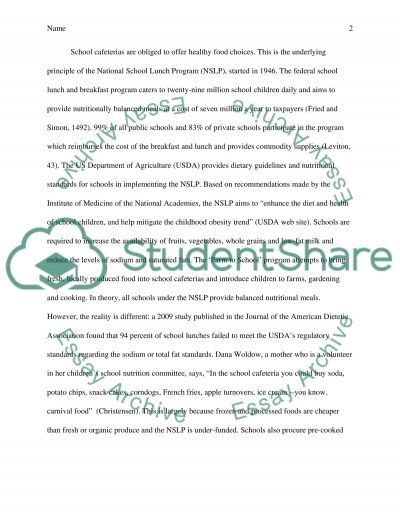
Why was he so hooked? It's interesting) And don't take it personally.
A worthy response to subjective criticism is the absence of an answer.
He just sees it that way.
What if you really want to make a remark in the dance?
- Think about whether the other person is ready to accept it? If he is not in the mood, or vice versa, he clearly enjoys singing and dancing with you, then right now is not the best moment.
- Will your remark help him to be better? If a person dances for the sake of hanging out, abandoned his lessons a long time ago and never asks for feedback, then he is unlikely to need your remark.
- Are you sure that your remark is correct? Maybe the teacher knows better than you how to correct a partner's mistake? This is especially true in the classroom.
- Try to remove emotional coloring from the remark.
- Try to formulate the remark so that it immediately carries a solution to the problem: "Can you drive a little softer?" instead of "You drive very hard!".
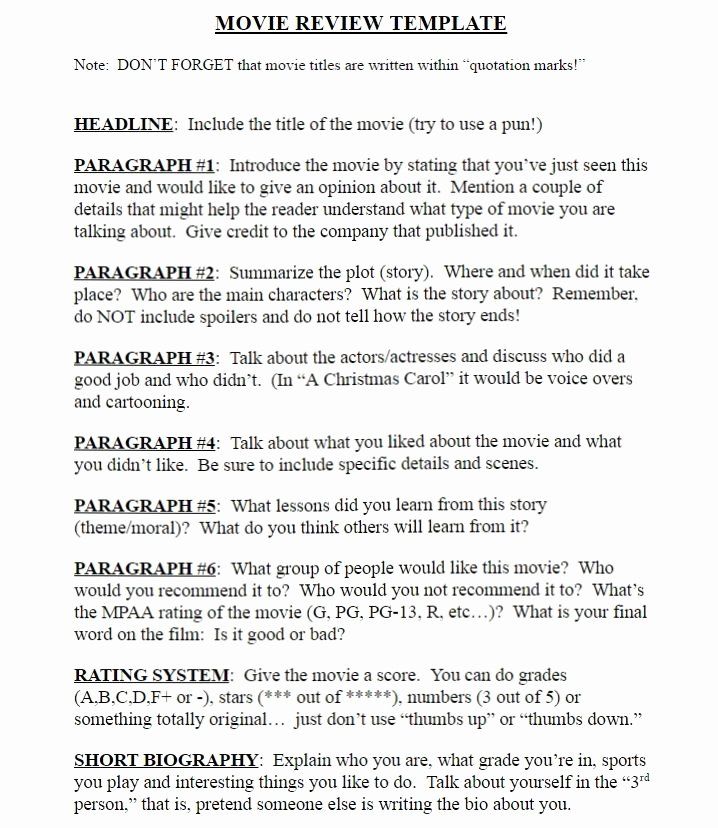
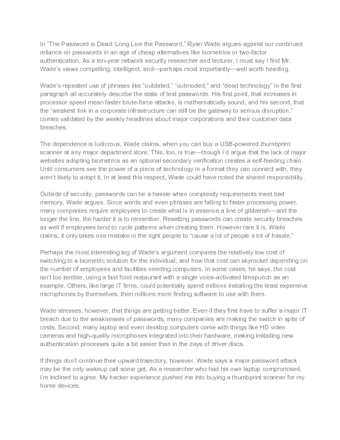 Remember that there is no right answer since art is abstract and everyone responds to art differently.
Remember that there is no right answer since art is abstract and everyone responds to art differently.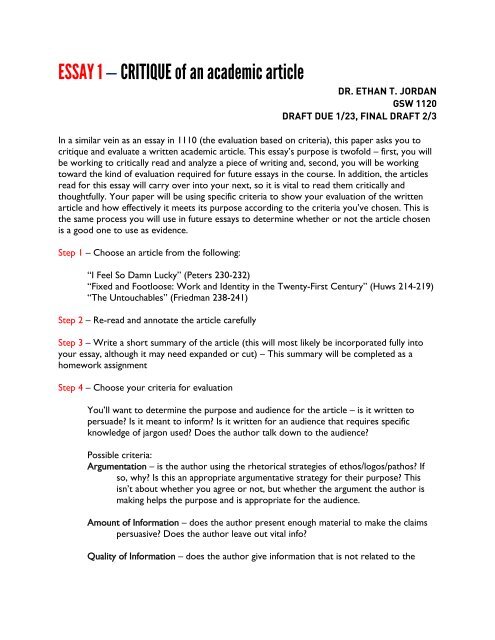
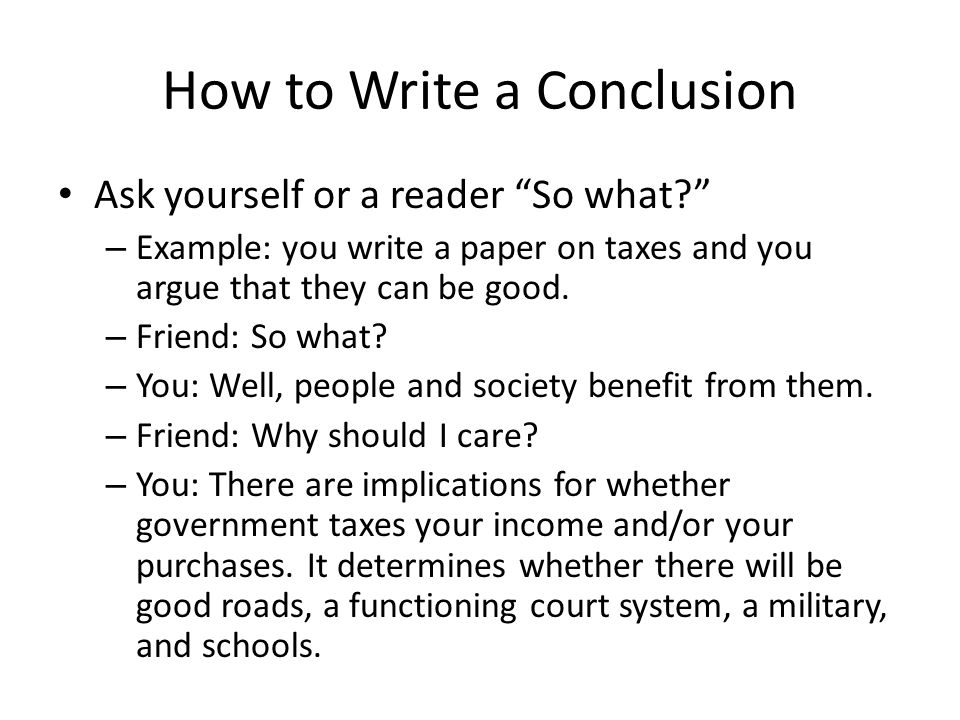 ” Vienna-Lusthaus (revisited); Reviewed by George Jackson: Dance Magazine, May 2003: 79.
” Vienna-Lusthaus (revisited); Reviewed by George Jackson: Dance Magazine, May 2003: 79. 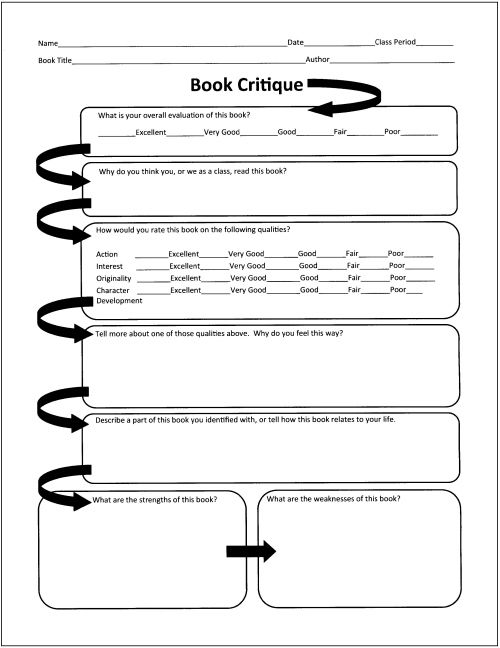 When speaking about any element of design, you must include the designers' names.
When speaking about any element of design, you must include the designers' names.  Check your computer for margin settings.
Check your computer for margin settings.  Zeta-Jones danced well in Chicago.")
Zeta-Jones danced well in Chicago.") 
 Performing lead roles were, Léonide Massine and Tamara Toumonova. Also dancing were Tatiana Riaboushinska, Alexandra Danilova, Yurek Lazowski, Vera Zorina, Marc Platoff, Vera Volkova, Igor Youchkevitch and George Zoritch. Hector Berlioz did a great job composing both the music and the libretto for this performance.
Performing lead roles were, Léonide Massine and Tamara Toumonova. Also dancing were Tatiana Riaboushinska, Alexandra Danilova, Yurek Lazowski, Vera Zorina, Marc Platoff, Vera Volkova, Igor Youchkevitch and George Zoritch. Hector Berlioz did a great job composing both the music and the libretto for this performance.

